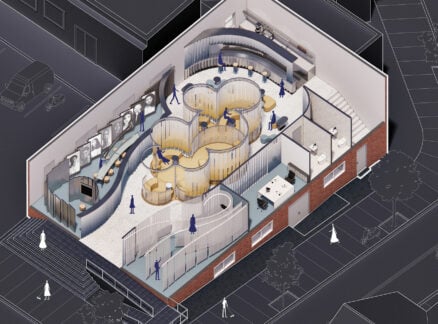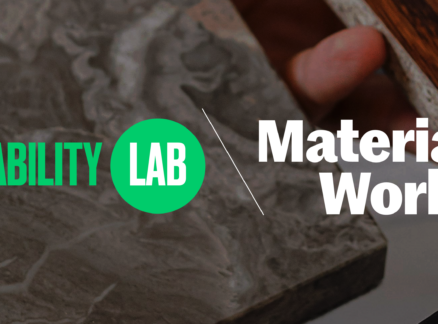November 12, 2013
XYZTEST
“Women are the ghosts of modern architecture, everywhere present, crucial, but strangely invisible,” writes historian Beatriz Colomina in “With, Or Without You,” an essay in the Museum of Modern Art’s 2010 catalog, Modern Women. “Architecture is deeply collaborative, more like moviemaking than visual art, for example. But unlike movies, this is hardly ever acknowledged.” Colomina […]
“Women are the ghosts of modern architecture, everywhere present, crucial, but strangely invisible,” writes historian Beatriz Colomina in “With, Or Without You,” an essay in the Museum of Modern Art’s 2010 catalog, Modern Women. “Architecture is deeply collaborative, more like moviemaking than visual art, for example. But unlike movies, this is hardly ever acknowledged.” Colomina goes on to chronicle the history of modernism’s missing women, acknowledged, if at all, as working “with” Mies van der Rohe, Le Corbusier, Alvar Aalto, Charles Eames. To put yourself in the shoes of Lilly Reich, Charlotte Perriand, Aino Aalto, simply watch the cringe-worthy video of the Eameses on the “Home” show in 1956, Ray introduced as the “very capable woman behind him” who enters after Charles has bantered with host Arlene Hirst.
This spring, these ghosts came back to haunt us: Arielle Assouline-Lichten, a student at the Graduate School of Design at Harvard, read excerpts from an interview with Denise Scott Brown in which she mentioned her own absence from partner Robert Venturi’s 1991 Pritzker Prize. “They owe me not a Pritzker Prize but a Pritzker inclusion ceremony,” Scott Brown said. “Let’s salute the notion of joint creativity.” Assouline-Lichten had recently relaunched the Women in Design student group at the GSD with Caroline James; she emailed James, they drafted a petition, and three hours later the call for recognition of Scott Brown by the Pritzker Committee was live at Change.org. By late May the petition had more than 12,000 signatures, including nine Pritzker recipients including Robert Venturi (“Denise Scott Brown is my inspiring and equal partner”), Rem Koolhaas (“an embarrassing injustice”), and Herzog and de Meuron.





